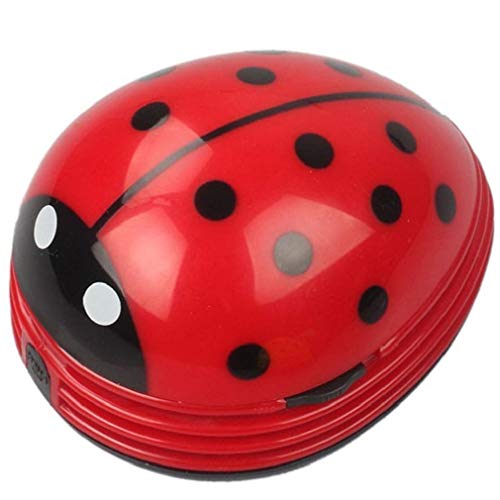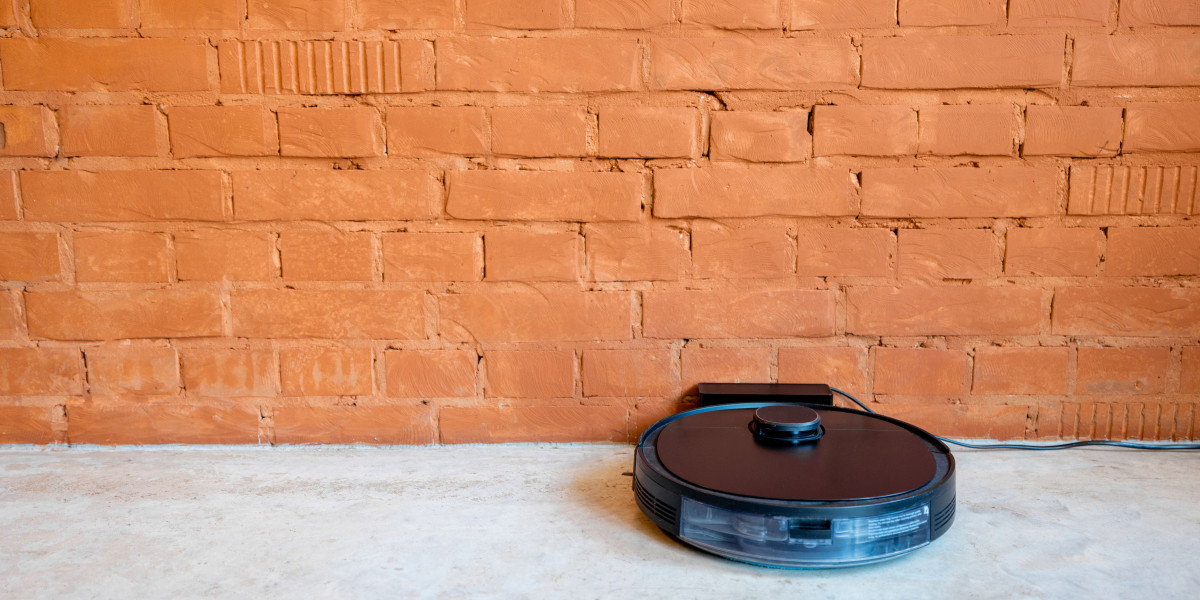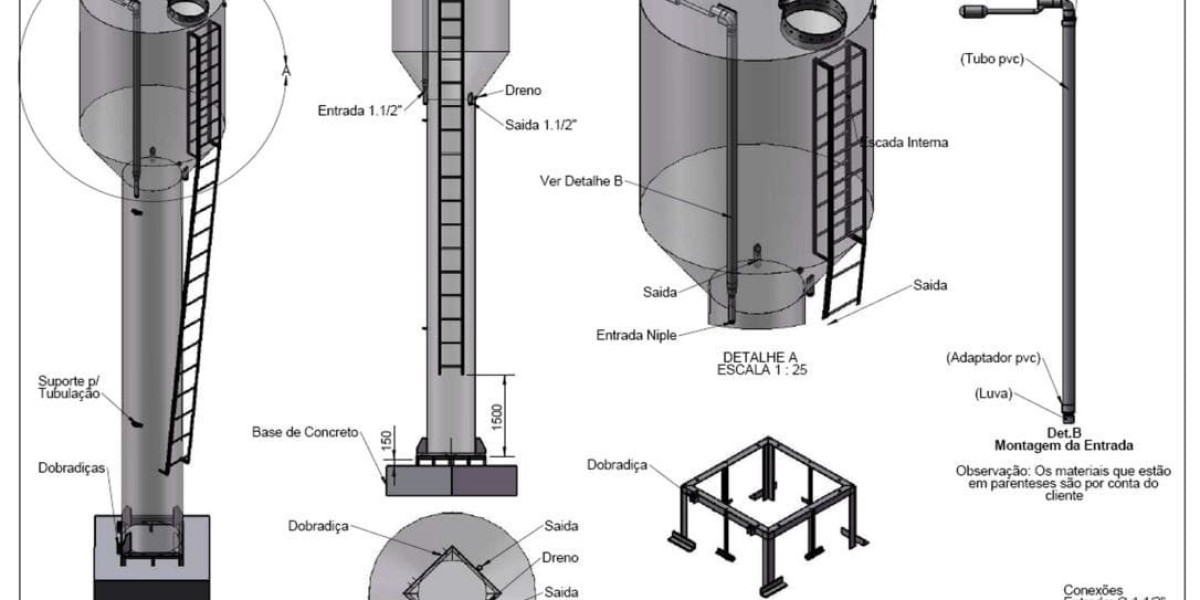A robot vacuum and mop can save you a lot of time cleaning. However, they also require regular maintenance, like emptying the dirt bins, washing the reusable cleaning pads according to the manufacturer's guidelines, getting rid of them after use and keeping the sensors clean.
Look for mapping features to avoid making repetitive trips over the same areas and also app integration to set schedules, alter power settings and modes and save maps of your home.
1. Empty the Dirt Bin
Regular maintenance is required for all robot vacuums and mops. This includes emptying the dirt bins and washing pads, as well as keeping track of the replacement consumables. The better you take care of these components, the longer they will last. Some cleaning robots also need some extra attention, especially those with water tanks.
First, ensure that the dust bin is completely empty after each cleaning session. This is one of the most basic tasks you could accomplish, but it is crucial to the efficient operation of your robot. You should also cleanse the filter regularly. Refer to the user's manual of your specific model to determine the frequency and how often you should clean the filter.
While the mopping function of your robot could eliminate dust from your floors, there are still tiny particles that can build up in cracks and gaps in flooring. These include dandruff and hair particles, mites and dirt, as well as pet hair. To avoid these particles from causing health problems it is crucial to regularly use the vacuum cleaner or sweep robot to clean these areas.
If you plan to use your mopping robot it is crucial to choose a model that comes with top-notch hardware and spacious water and dust tanks. LEGEE, for example has one of the largest dust bins as well as water tanks among its peers so you don't need to stop cleaning or interrupt the robotic mop to refill the tank.
Do not pour vinegar or floor cleaners in the tank that holds water for your robot mop, unless you have been instructed to do so by its manufacturer. These substances could damage the robot and may cause the warranty to be voided.
A robot vacuum and mop is a great tool to help you save time so that you can concentrate on other important things such as your family or your work. Certain stains and dirt are too difficult for the robot to deal with. It is also crucial to periodically do a full cleaning session yourself with an ordinary vacuum cleaner to get rid of these tougher stains as well as clean areas that your robot is not able to reach.
2. Clean the Cleaning Pads
Depending on what you use your robot mop for, the pads may get stained or dirty. This is why it's crucial to clean the pads for cleaning regularly. You can wash them by hand or in the washing machine alongside your normal laundry. Avoid using fabric softeners and dryer sheets because they reduce the absorbency of the pad and cause it to stop working properly.
If your robot mop also doubles as an air cleaner, it will need its dust bin to be emptied and cleaned on a regular basis. Hybrid models that can vacuum and sweep using dry mops are also affected. Many robot mops come with brush attachments that need to be washed.
It is important to rinse the mop pads well to remove all dirt and grime. You can also soak the pads in warm water to remove any stuck-on debris. Once they're clean, you can either let them air dry or use a low-heat setting in the dryer. It is recommended to wash your pads every 2 to 3 months.
During the cleaning cycle mop or vacuum cleaners can pick up small items that could damage the sensors of your robot. To avoid this happening, it is recommended to occasionally wipe the sensors clean with a microfiber cloth. This will make it easier for the robot to navigate its route around the room without crashing into furniture and walls.
The majority of robot vacuums and mops come with sensors on their bases that detect obstacles and ensure the machine doesn't get stuck in tight spaces. You'll have regularly clean them since they can become filled with dust and other particles.
Some robot vacuums come with self-cleaning features that you can use after every use. You can visit the website of the manufacturer to determine whether this feature is available on the model you have. The process typically takes two to three minutes and can be controlled via an app or button located on the robot. This cycle should be repeated often on a cleaning robot mop or vacuum to maintain the performance of sensors and other components.
3. Clean the Charging Station
Most robot mops spray Cleaning Robot Mop And Vacuum solution or water directly onto the floor in order to remove stains. They then scrub them with scrubbing pads. Some robot mops use disposable mop pad, while others can be washed and re-used. Regardless of whether you opt for disposable or reusable mop pads it's essential to empty them and wash them between cleaning sessions according to the instructions of the manufacturer. You should also drain and let the mop base or docking station dry between uses to prevent mildew from developing.
As with vacuum cleaners, robot mops and vacuum/mop combinations require regular maintenance to keep running smoothly. The maintenance tasks include emptying the dust bin cleaning the pads, and sometimes cleaning the sensors. If you have a robot mop that's equipped with dirt sensors, you may need to gently wipe it down every several cycles to remove dust that can block the sensors and lead to mistakes in navigation.
Many robot mops come with an app that allows you to save maps of your home and set up cleaning schedules, and track when the machine needs to be maintained. If you plan on purchasing a mop, look for one that can connect to Wi-Fi so that you can use the app to control it from any location.
A top-rated model of the Samsung Powerbot Vac + Mop, has smart features that allow it to clean floors without having to be present. The map function allows you to set virtual boundaries and no-go zones for the robot. You can also use it to manually direct it to clean a specific area of the room. Its vacuuming and mopping capabilities work on both carpeting and hard floors, which makes it an ideal choice for homes with both.
Other innovative features of this 2-in-1 robot are an object avoidance sensor that helps it navigate between furniture and other objects as well as a self-emptying dustbin that reduces the amount of clean-up needed after each use. It can also be programmed to run even when you're not and is a great option for busy homeowners. It's also quieter than other vacuums. This is ideal for parents or pets that are sensitive to noise.
4. Clean the Sensors
The majority of robot vacuums as well as mop-and-vacuum models come with an app that lets you create automatic cleaning schedules, set cleaning modes, and track when the device requires maintenance. The app lets you manually clean and stop, start, and adjust your robot's settings from anywhere in the house.
The app is especially useful if the robotic cleaner includes mapping capabilities, such as lasers, cameras or optical dToF. This lets it save a map of the room and move through furniture. These features can also reduce the number of stains that recur on your floor, making your cleaning chores much less labor intensive.
If your robot's sensors for mapping get dirty, the device could have trouble finding its way around your home. It is important to clean these sensors frequently, just as you would the lens of a camera or smartphone screen. This can be done using a dry, clean cloth. If you apply a wet cloth or cleaner, you could damage the sensors and cause them to malfunction.
Similarly, it's a good idea to clean the brushes of your robot vacuum on a regular basis. This will help to prevent hair tangles and clogging of the motor. It also makes it easier for your robot vacuum to clean up dirt. It is also a good idea to wipe down the primary roller brush, as it is usually responsible for picking up dirt and can build up an enormous amount of dust over the course of time.
 Last but not least, only use cleaners recommended by the robot's manufacturer. Other floor cleaners may cause damage to the machine and invalidate your warranty. Most brands suggest using a mixture of vinegar and water or a cleaner specially designed for their robot. Do not pour hot water or use a solution containing abrasives since they can damage internal components and leave an unpleasant dust on your floors. Consult your owner's guide for more detailed instructions on how to clean your robot cleaner. This will ensure that it is operating properly and lasts longer.
Last but not least, only use cleaners recommended by the robot's manufacturer. Other floor cleaners may cause damage to the machine and invalidate your warranty. Most brands suggest using a mixture of vinegar and water or a cleaner specially designed for their robot. Do not pour hot water or use a solution containing abrasives since they can damage internal components and leave an unpleasant dust on your floors. Consult your owner's guide for more detailed instructions on how to clean your robot cleaner. This will ensure that it is operating properly and lasts longer.








